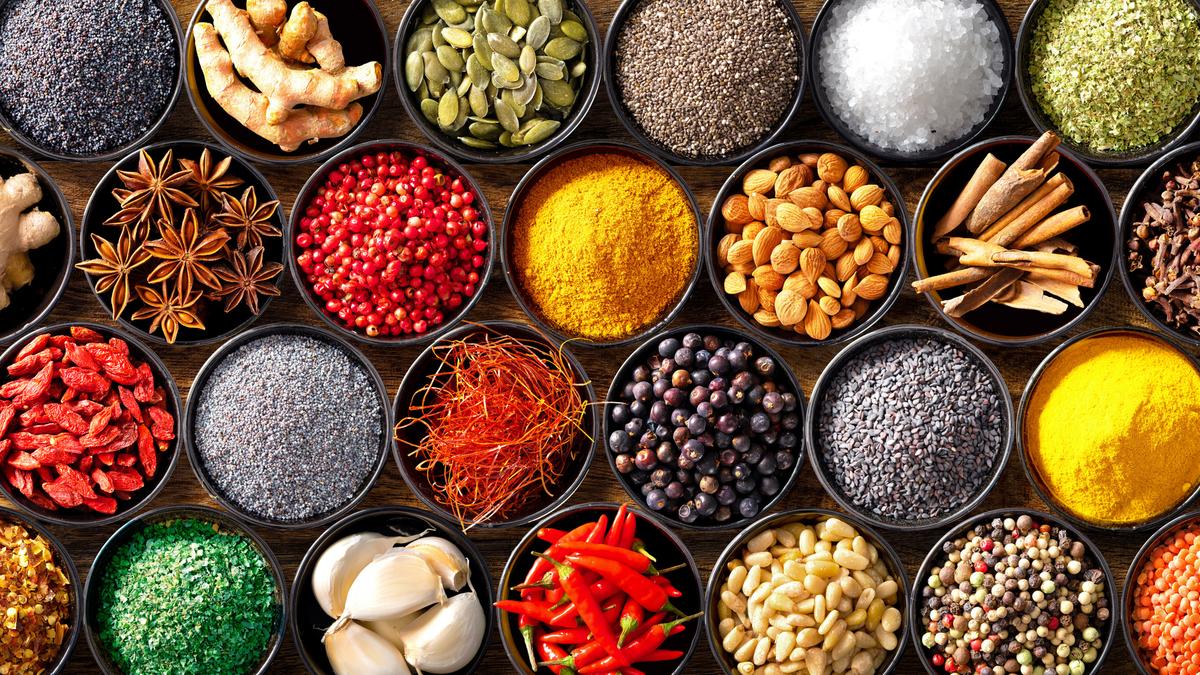
Why are Indian spices facing the heat? | Explained
The Hindu
The Hindu explains why the Indian spice export industry faces crisis of confidence due to contamination concerns, sparking international investigations and calls for stricter regulations
The story so far: A crisis of confidence assails the Indian spice export industry. At least five countries — including Singapore, Hong Kong and the U.S. — have announced an investigation into possible contamination of spice mixes sold by top Indian brands, MDH and Everest. The complaints cite the presence of ethylene oxide, a toxic chemical used as a food stabiliser, beyond permissible limits. The Spices Board of India in response has initiated mandatory testing of products shipped abroad and is reportedly working with exporters to identify the root cause of contamination. The international scrutiny has also stirred a demand for the Food Safety and Standards Authority of India to ensure stringent quality checks on spices and curry powders sold in domestic markets.
The incident isn’t isolated. Controversies have engulfed protein drinks, fruit juices, health drinks and imported Nestle baby products, drawing attention to regulatory lapses and heightening health concerns. “Consumers are increasingly questioning the safety and quality of trusted brands, and wonder what the food regulator in India is doing,” notes Simi T.B., who works with CUTS International, a global advocacy group for consumer welfare.
The domino first shook on April 5, when Hong Kong’s Centre for Food Safety suspended the sale of three MDH spice blends (Madras curry powder, Sambhar masala and curry powder masala) and Everest fish curry masala. The spice mixes contained high levels of ethylene oxide, the regulator said, and advised consumers against purchasing these products. Days later, Singapore ordered a recall of the Everest spice mix, stating: “Ethylene oxide is a pesticide that is not authorised for use in food,” adding that the pesticide makes the spices unfit for human consumption and posing a cancer risk if exposed for too long.
The U.S. Food and Drug Administration (FDA), which has previously rejected food and spice imports from India, told Reuters that it is “aware of the reports and is gathering additional information about the situation”.
Regulatory bodies in Maldives, Australia and Bangladesh have announced similar plans. “We are working with international counterparts to understand the issue...and to determine if further action is required in Australia,” said Food Standards Australia New Zealand in a statement. Maldives’s FDA in a statement on X said it has suspended the sale of spices produced by Everest and MDH. Bangladesh is gathering information on companies importing the possibly contaminated products into Bangladesh and plans to carry out examinations “if necessary”, an official told The Business Standard.
The spice mixes flagged in question are manufactured by Everest and MDH, major players in India’s spice export industry. The top three importers of India’s curry powders and mixtures, in the fiscal year 2022-23, include the U.S. (₹196.2 crore), U.A.E (₹170.6 crore) and U.K. (₹124.9 crore); followed by Saudi Arabia, Australia, Bangladesh, Oman, Canada, Qatar and Nigeria, as per provisional data by the Indian Spices Board. Overall, China, U.S. U.A.E, Bangladesh and Thailand are the top importers of all spcies and spice mixes originating from India.
MDH and Everest’s spice mixes allegedly contain high levels of a prohibited pesticide called ethylene oxide (ETO). ETO is a colourless, flammable, and in many ways, a remarkable gas that was originally intended for sterilising medical devices. It is used as a chemical in industrial settings, agriculture, and as a sterilising agent in food products, including spices, dried vegetables and other commodities. The chemical lends life to the spice industry: it reduces microbial contamination, and in turn, extends products’ shelf life and makes their storage safe.











